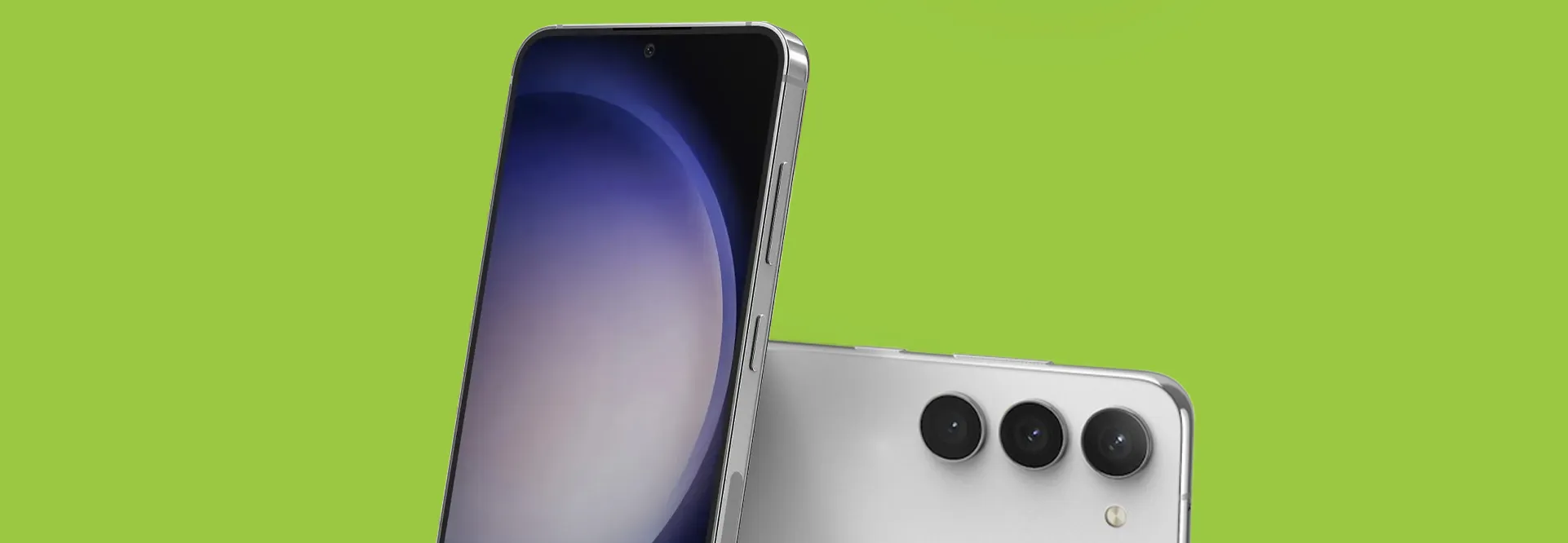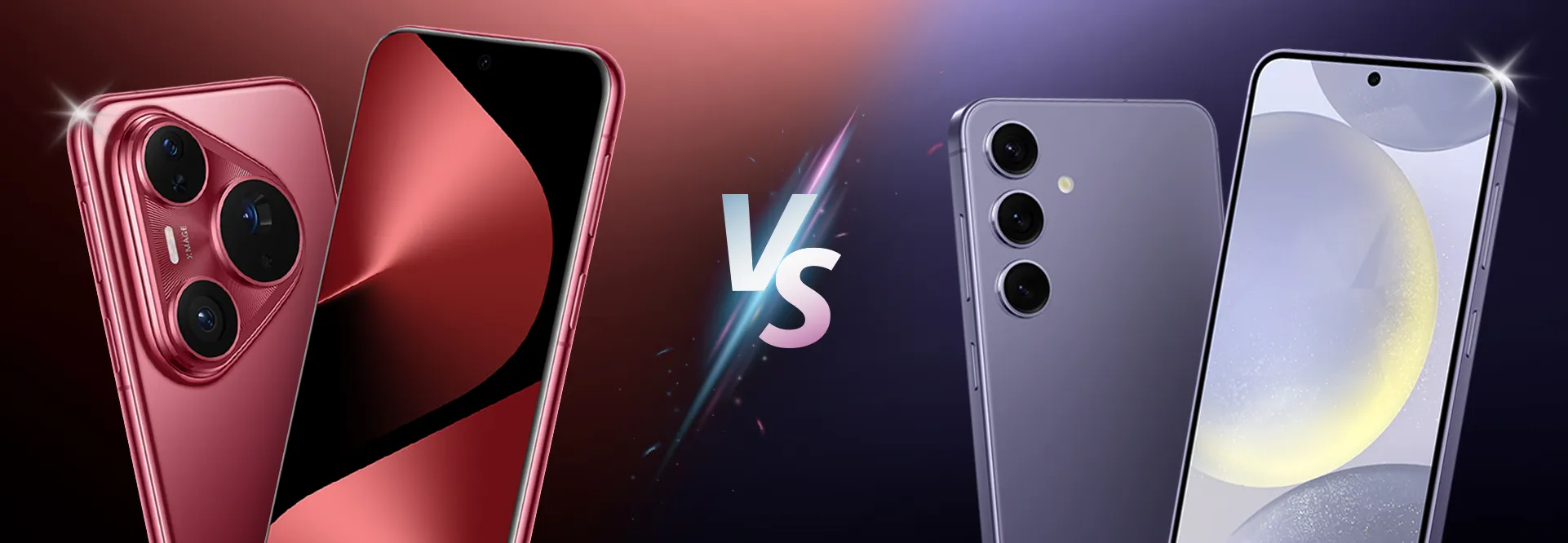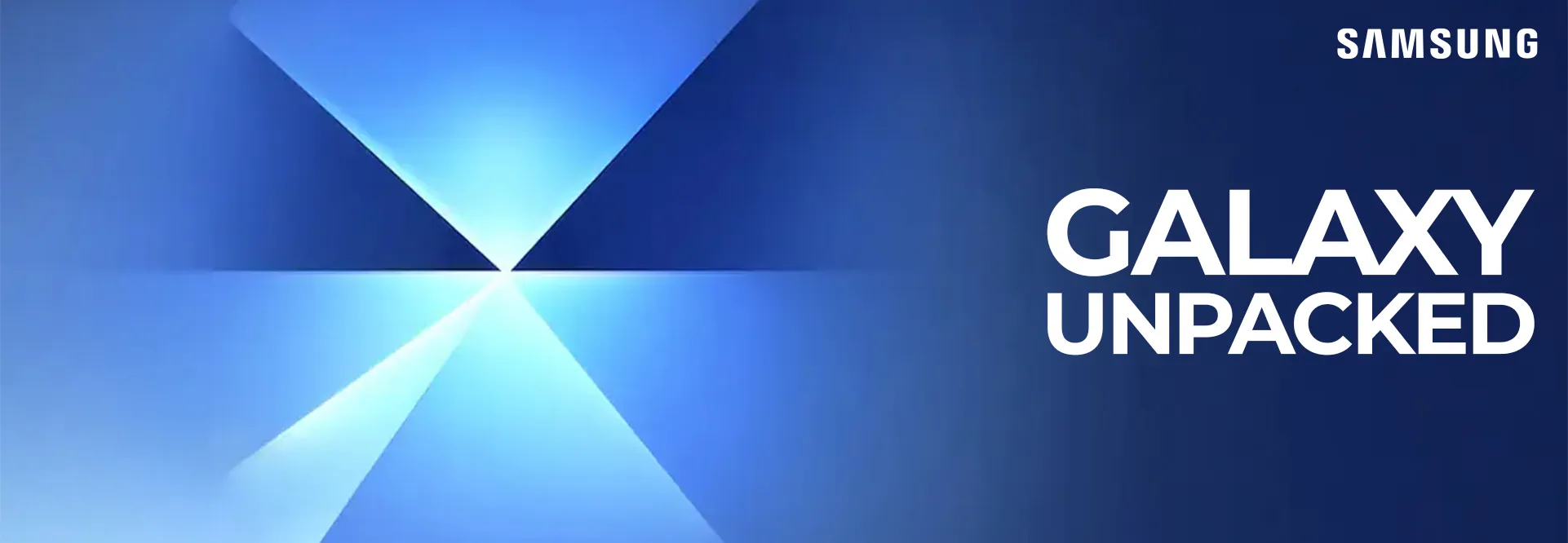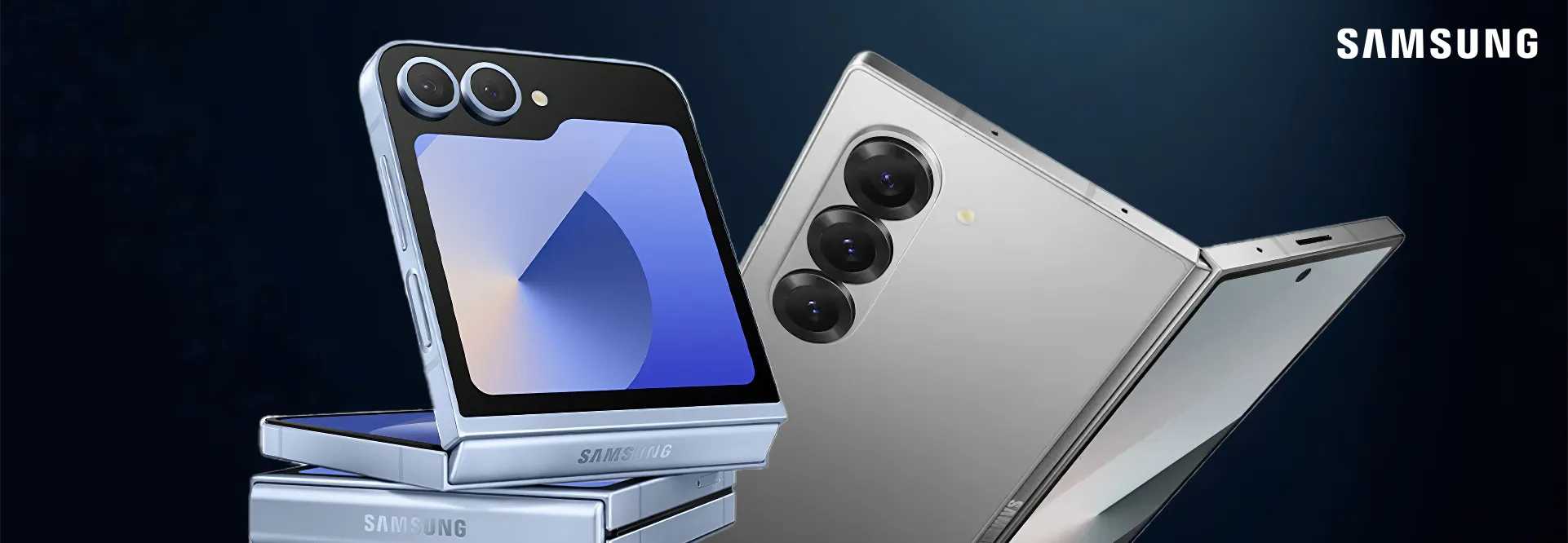Samsung Galaxy S24 vs Galaxy S23: What's In, What's Out, & What's Wow
23268fd5-aa51-4eef-a638-2a4f578db286 / 14-02-2024 / Tech news
The smallest, most affordable phones in the Galaxy S series line up are always packed with big features that give them a unique edge over their pricier siblings. But the big question is; Is it worth upgrading to the brand new Samsung Galaxy S24 from the Galaxy S23?
Sit tight, because we're spilling the details on all the new features of the Galaxy S24 while keeping you in the loop on the features that are sticking around.
To switch or not to switch? Let’s help you decide!
A display that won’t ghost you
The Galaxy S24 stepped up its display game from its older sibling, rocking a larger screen at 6.2 inches and a peak brightness that skyrocketed from 1750 nits to 2600 nits. And it's not just the entry-level Galaxy S24 getting the VIP treatment – the entire range enjoys a peak brightness boost, making these new flagship smartphones the brightest Samsung has ever released. Now, what does this mean for your viewing experience? Well, let's just say your display won't ghost you under the scorching sun; it's visible under any lighting condition, even on the sunniest days.
Now, don't go thinking the Galaxy S23 is ancient history. Samsung is carrying over a few fan-favourite features, including the FHD+ Dynamic AMOLED 2X display for crystal clear viewing, the Adaptive Vision Booster that ensures your screen brightness adapts seamlessly to the environment, and let's not forget the adaptive refresh rate ranging from 1 to 120Hz, giving you both buttery smooth scrolling and smart battery-saving measures. Some things are just too good to let go!
Cameras: A winning formula with an iconic twist
Camera enthusiasts, listen up – if you have a soft spot for the Galaxy S23's snapping power, you're in for a treat. Samsung has brought back the winning team: the 50MP main camera, 12MP ultra-wide camera, 10MP telephoto with 3x optical zoom and 12MP selfie snapper. And now, for the big reveal – upgrades! The entire Galaxy S24 series is diving headfirst into the AI world with the new AI ProVisual engine.
This means that although the Samsung Galaxy S23 and Galaxy S24 share the same camera hardware, the new generation levels up your photos using ground-breaking AI technology. The results are better zoom capabilities, enhanced Super HDR and innovative photo-editing features.
Remember the legendary 30X Space Zoom on the Galaxy S23? Well, the Galaxy S24 decided to shake things up and ditch the Space Zoom feature. Why, you ask? Because it's armed with advanced AI that brings you even better zoomed-in shots. Whether you're capturing the moon or just zooming in on the pizza across the room, the Galaxy S24 has the magic touch for detailed shots, no matter the distance.
Shifting gears to the Super HDR upgrade – it's not just about elevating your snapshots; it's aiming to turn your social media presence into something downright iconic. That’s because when you post your HDR photos or videos on Instagram, it holds onto the same quality. In fact, the entire Galaxy S24 range is the first to offer this feature. At the launch event for the new Galaxy smartphones, Samsung's VP of Intelligent Imaging, Dr. Hamid Sheikh, introduced the upgrade saying, “Every photo and video you take, or view, will be shown in its full range of colour and contrast, from the moment you snap the content, to the moment you post.”
Photo editing has also received the AI touch with Generative Edit to fill in backgrounds, remove unwanted objects and rearrange elements to create shots that steal the spotlight.
Circle to Search: A fun way to find info
Guess what's making Google searches easier than before? Enter One UI 6.1 and Android AI, teaming up to bring you the game-changing Circle to Search feature on the Samsung Galaxy S24. Now, you can find info about the world around you by circling objects that pique your interest, be it on social media platforms, messages, or even the real world.
Spotted a mysterious landmark? Simply long-press the home button, circle the mystery and Google Search results will pop up automatically without opening another app. You can even use Circle to Search to ask complex questions about images or text. This feature plays nice with other gestures too. Whether you're scribbling, tapping, or highlighting, searching for answers just got a whole lot more fun.
Breaking the language barrier
Smarter AI is the central factor that differentiates the Samsung Galaxy S24 from the Galaxy S23 and the upgrades just keep coming. Enter Live Translate – a new feature making communication a breeze, whether you're talking on the phone or texting. During a call, Live Translate instantly interprets the conversation, offering audible or text translations. It supports up to 13 languages. Plus, the Samsung keyboard is getting in on the action, translating words and phrases as you type.
All this AI needs a powerhouse chipset
Stepping away from the Galaxy S23's uniformity, where every model boasts the Qualcomm Snapdragon 8 Gen 2 chipset, the Galaxy S24 line-up is taking a nostalgic detour, reviving the multi-chip approach reminiscent of older generations. In the entry-level Galaxy S24, some regions get the shiny new Snapdragon 8 Gen 3, while others, including South Africa, get Samsung's latest Exynos 2400.
The Exynos 2400 is not just quick on its feet but makes powerful AI capabilities possible, from snappy photo editing and real-time translations to enhanced gaming with lifelike graphics and improved battery life that gives you an extra 4 hours of video playback time compared to the Galaxy S23. Because who needs a low battery warning when you're engrossed in your favourite series?
Verdict: Fresh, innovative, exciting
So, should you ditch the Galaxy S23 for the Galaxy S24? No hard feelings for the predecessor, but when it comes to AI capabilities alone, it’s a big yes from us! From the display, cameras and powerhouse performance to reimagining online searches and breaking language barriers, the Galaxy S24 is upgraded in so many ways. It’s perfect for those looking for a smartphone experience that feels fresh, innovative and exciting without spending top dollar.









